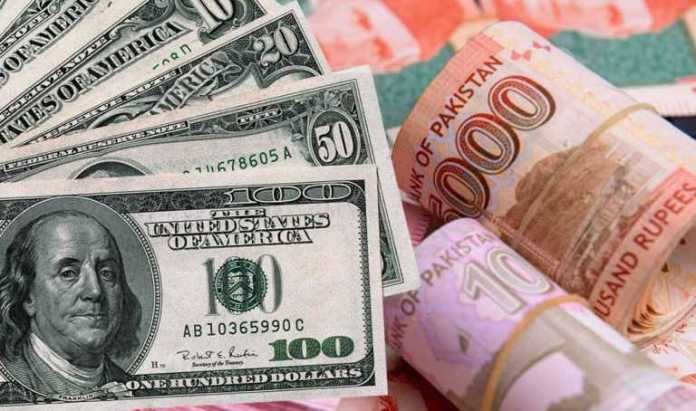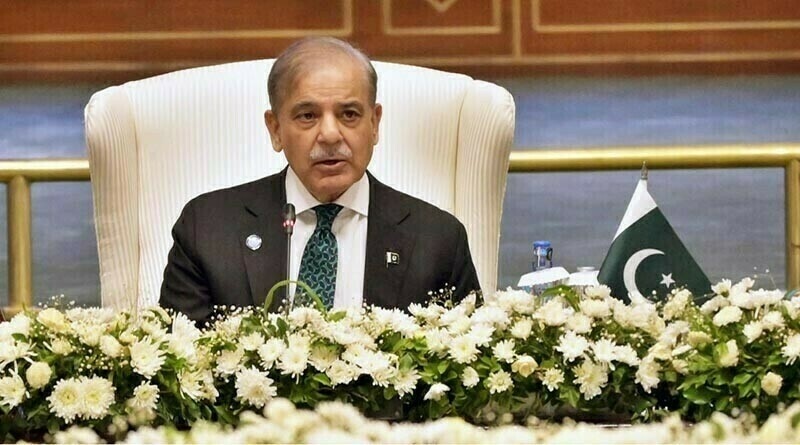Mohsin Siddiqui (Chief Reporter)
The Economic Survey of Pakistan for the fiscal year 2023-24 (FY24) is set to be unveiled on Tuesday. This essential pre-budget document, which encapsulates the major socio-economic achievements of the outgoing fiscal year, will be launched by Federal Minister for Finance and Revenue, Senator Muhammad Aurangzeb, as per a press release from the finance ministry.
Comprehensive Overview of Pakistan’s Economic Performance
The survey aims to provide detailed insights into the socio-economic developments, performance, and trends across various sectors including agriculture, manufacturing and industry, services, energy, information technology and telecom, and capital markets. Additionally, it will cover annual trends in major economic indicators such as inflation, trade and payments, public debt, population, employment, climate change, and social protections.
Early Challenges and Modest Recovery
According to estimates from the Planning Commission presented at the Annual Plan Coordination Committee (APCC), the Pakistani economy faced substantial challenges at the beginning of FY24, primarily due to lingering impacts of economic disruptions from the previous year. Despite these obstacles, the economy saw a modest recovery, growing by 2.4% over the year.
Sectoral Performance: Agriculture, Industry, and Services
Agriculture was the main driver of growth, expanding by an impressive 6.3%. This robust performance was largely due to strong outputs in key crops such as wheat, cotton, and rice.
The industrial sector, however, experienced more modest growth of 1.2%, influenced by a slowdown in large-scale manufacturing. Despite this, there were positive developments in mining and quarrying, small-scale manufacturing, and construction.
The services sector witnessed a growth of 1.2%, with wholesale and retail trade growing by only 0.3%. Transport, storage, and communications also experienced muted growth of 1.2%, reflecting subdued demand.
Revenue and Expenditure Dynamics
Revenue collection from July to March 2023-24 saw a significant increase of 41%, outpacing the total expenditure growth of 36.6%. Both tax and non-tax revenues recorded substantial rises, with tax revenues up by 29.3% and non-tax revenues soaring by 89.8%. Markup expenditures accounted for 40% of total expenditures, highlighting the ongoing fiscal challenges.
During the period from July to April 2023-24, average inflation was reported at 26%, a slight decrease from the 28.2% recorded during the same period the previous year. A consistent decline in inflation has been observed since January 2024, indicating some stabilization in price levels.
Key Takeaways from the Economic Survey
Agricultural Growth: The agricultural sector’s significant contribution to economic growth underscores the importance of continued support and investment in this area.
Industrial Challenges: The industrial sector’s slow growth highlights the need for policies that can stimulate large-scale manufacturing and enhance industrial productivity.
Service Sector Dynamics: The services sector’s modest growth points to potential areas for development, particularly in wholesale, retail, transport, and communications.
Revenue Collection: The impressive increase in revenue collection suggests effective fiscal policies, though the high proportion of markup expenditures calls for careful management.
Inflation Control: The slight reduction in inflation rates is a positive sign, though ongoing efforts are needed to ensure sustained price stability.




